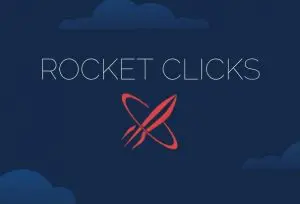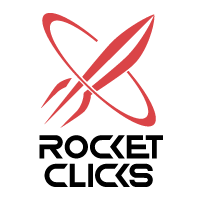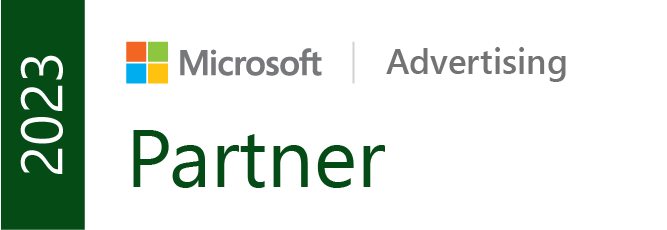Google Analytics is a powerful system used by millions of companies to help identify both historic trends and new opportunities. It offers reports on pretty much everything, from demographic information to landing page usage and campaign performance. But did you know that you’re probably missing out on a vital part of Analytics’ data? More specifically, the Top Conversion Paths report — simultaneously one of the most useful, yet under-utilized reports GA offers.
Before diving in, let’s take a step back to talk about attribution. Most Analytic profiles are set up on last-click attribution. This means that the last channel a consumer used to purchase a product (organic, CPC, etc.) is given full credit for that transaction. This can lead to pausing low-performing paid keywords or nixing your blog because it isn’t generating conversions — something that, when looked at a little bit differently, couldn’t be further from the truth.
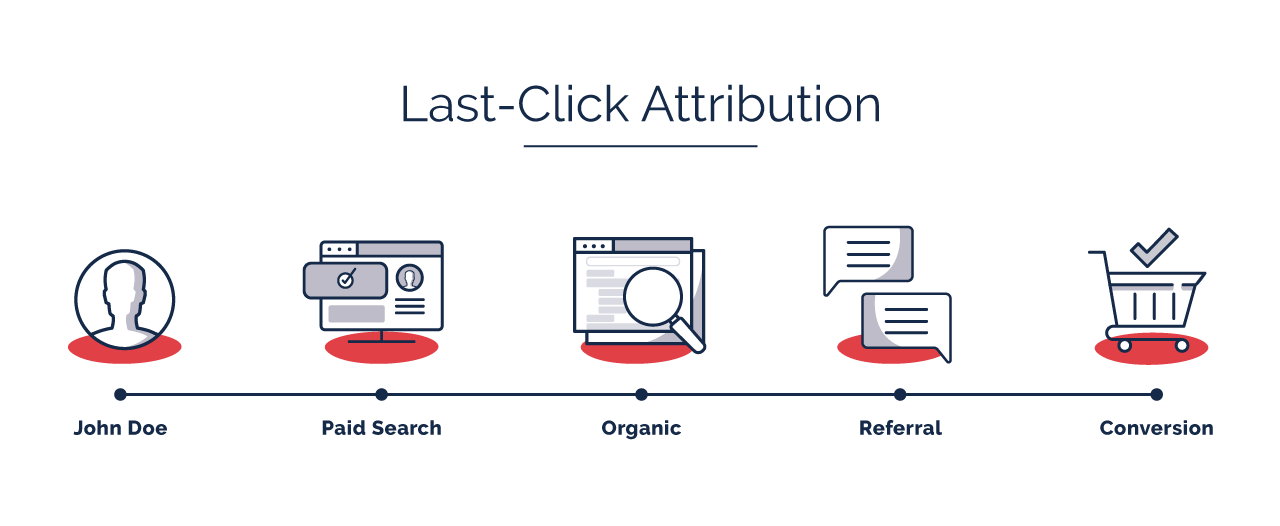
What if we told you these “underperforming” keywords or blogs are still an important part of a customer journey to conversion? Enter: the Top Conversion Paths report.
Where to find the Top Conversion Paths Report
- Log into your Google Analytics account
- Follow Conversions > Multi-Channel Funnels > Top Conversion Paths
- Choose a primary dimension to sort your data
- Optional: Choose a secondary dimension to dig even deeper
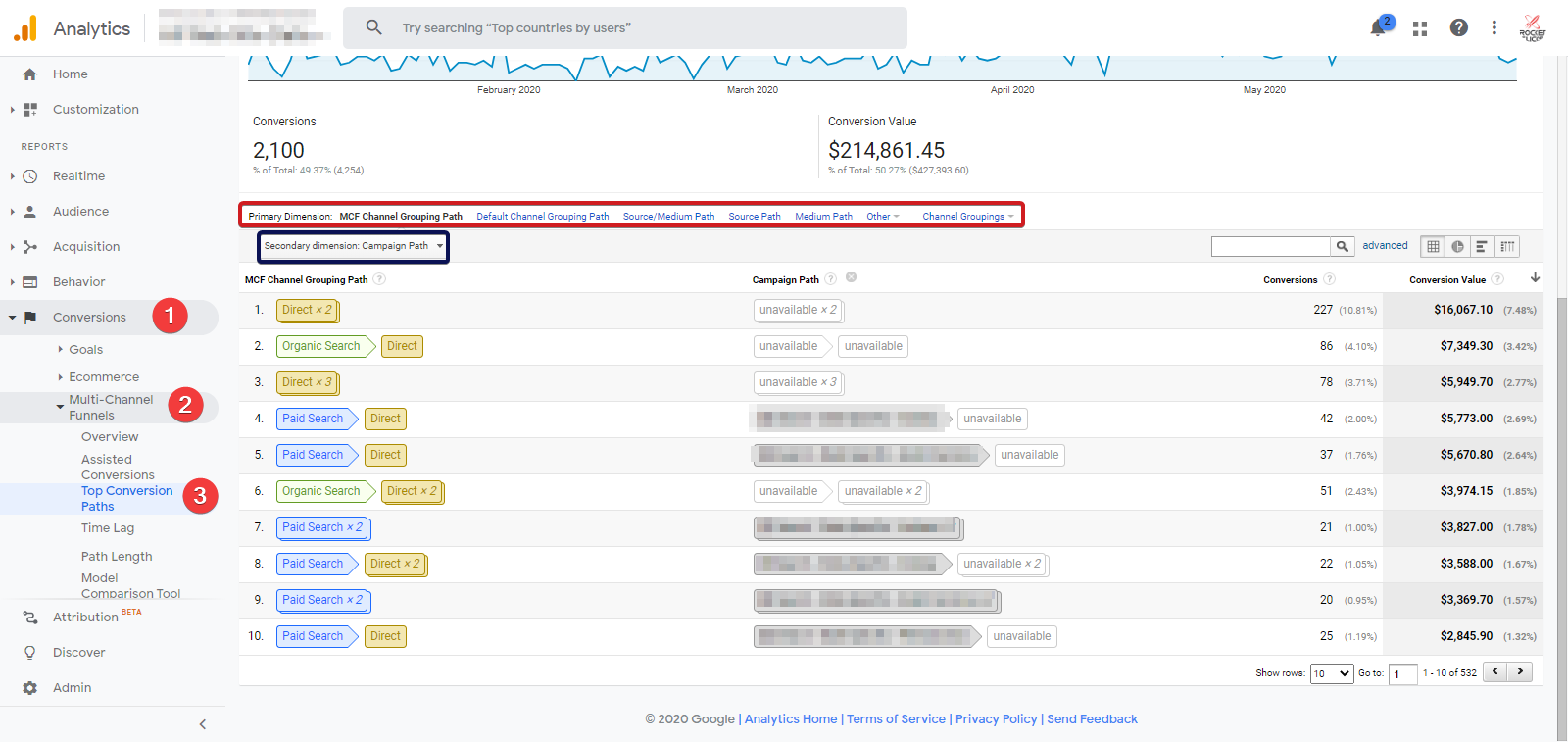
How can I use the Top Conversion Paths Report?
The Top Conversion Paths report helps you understand how different channels work together to achieve conversions. It breaks down the entire journey, from channel groupings to source/mediums. And, with the option to add a secondary dimension, the Top Conversion Paths report offers pretty much everything you need to know about how (and why) users are converting.
Let’s look at examples of why the Top Conversion Paths report can be useful to you.
Communicate the value of a blog
Let’s say you have a blog that generates tons of sessions, but just isn’t meeting conversion goals. No worries — not many blogs are written with direct conversion intent. But because of this, clients might wonder if blogs are worth the trouble, or ask you to stop writing them altogether.
Using the Top Conversion Paths report, you can show your client exactly what role the blog plays in the user’s conversion down the road, allowing you to communicate value while keeping the SEO-friendly blog content rolling. Just add a secondary dimension of “Landing Page URL Path,” and boom! Tons of useful information about how, when, and most importantly, why your users are converting across multiple sessions.

Track campaign performance
Top Conversions Path isn’t an SEO-specific gem. It’s also great for communicating how your PPC campaigns work with other channels to drive conversions.
So, for instance, let’s look at the example below: Did our paid campaign result in conversion using the last-click attribution model? No. Did it work together with direct users and organic search to ultimately result in a form submission? You bet.

Top Conversion Paths: Key Takeaways
We hear this from clients all the time — Why is this report valuable? What can I take away from this?
Let’s break it down.
- It shows the full journey of users who convert on your website
- It allows you to analyze and strengthen campaigns that boost other channel
- It keeps brand and non-brand strategy top-of-mind. (Are your non-brand keywords actually helping your campaigns? If they are, are they helping all of your campaigns equally?)
Basically, it all comes down to strategy. The Top Conversion Paths report is fantastic for not only driving strategy, but also for identifying opportunities you wouldn’t see in a last-click attribution model. If you’re working with an agency (first of all, hi), ask them how to use this information to better optimize your account — it’s worth it!
TLDR; If you think a campaign or content idea was a flop, check the Top Conversion Paths report. You’ll be surprised at what you find.



